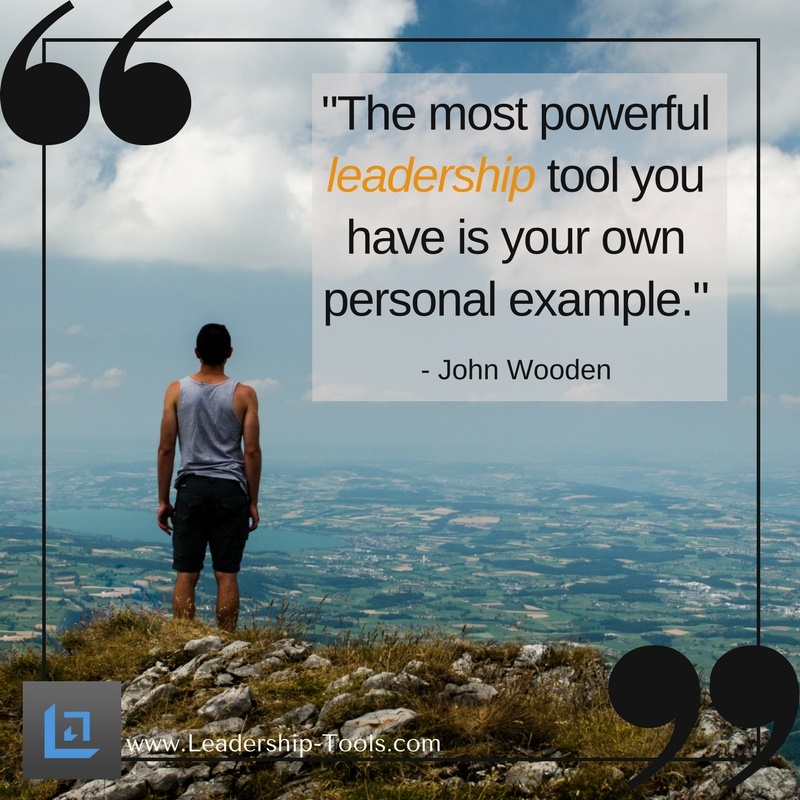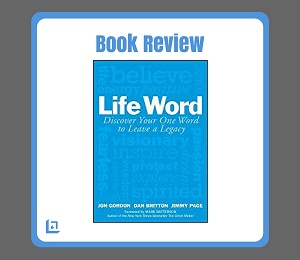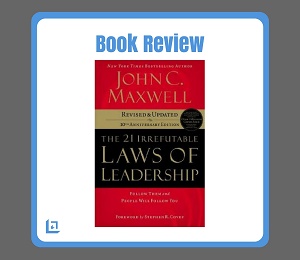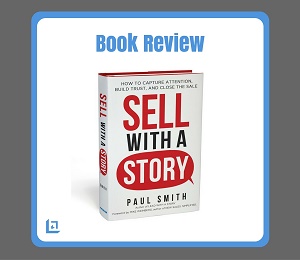- Home
- Leadership Book Reviews
- One Minute Mentoring
One Minute Mentoring
One Minute Mentoring is co-authored by Ken Blanchard, the creator of the best selling book, One Minute Manager - and Claire Diaz-Ortiz, author of Twitter for Good.
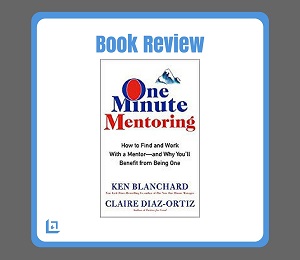
Initially, the title of the book might evoke the thought… “really?” But upon opening the book you are greeted with - A Note to Readers, which clarifies Blanchard and Diaz-Ortiz’ intentions.
You will not find long, complex academic theories as proof points here. What you will find is important information that is distilled and applied to simple, practical action in the form of a short story.
Blanchard and Diaz-Ortiz go full circle showing how successful people do not reach their goals on their own. Additionally, they encourage readers to understand that now is the time to find a mentoring relationship.
The authors effectively convey their passion about how being both mentor and mentee is a path to positively transform your work and your life.
“If you light a lamp for someone, it will also brighten your own path.”
– Buddhist Proverb
One Minute Mentoring dispels the myth that a mentor requires a tremendous investment of time and exceptional talent. Mentors can be peer-to-peer, adult-to-adolescent or cross-generational. Each type of mentoring relationship can be valuable to all parties involved.
How is mentoring different than coaching? Mentoring focuses on the big picture and long term goals. Coaching is short term with a focus on task related goals.
One Minute Mentoring – How To Get Started
On many occasions, we’ve stated on our website that “when the student is ready to learn, the teacher will appear.” One Minute Mentoring: How to Find and Work With a Mentor--And Why You'll Benefit from Being OneIntuitively, we know that mentoring is valuable. However, the book unveils a practical structure that supports a positive mentoring relationship. Mentoring is a process.
The essential first step, before enlisting the support of a mentor, is personal reflection. Undergoing your own S.W.O.T. analysis is a great place to start. (S.W.O.T. = Strengths. Weaknesses. Opportunities. Threats.)
The time you invest in personal introspection helps identify what you are passionate about – that thing – that when you experience it, you become so engaged you lose track of time.
Your professional passion is the space where you want to grow. Identifying your passion helps you to realize the purpose for a mentoring relationship.
"Leaders don't create followers. They create more leaders."
- Tom Peters
Mentor vs Mentee: Creating A Win-Win Relationship
Blanchard and Diaz-Ortiz offer direction about how to find and engage in a mentoring relationship. A good fit for both mentor and mentee is based on matched values, personality, work experience and scheduling. Establishing common values is important before deciding on the tactical aspects of mentoring. Truthfulness is key.
 |
Once both mentor and mentee determine a good fit personally, then the structure of the relationship needs to be spelled out. The structure includes the purpose – or mission statement – that will guide the mentoring relationship and serve as the basis to measure success.
One key aspect to a mentoring relationship is networking. Cultivating productive relationships plays a significant role in achieving success.
Remember, successful people rarely reach their goals on their own. Networking is a two-way street for both mentor and mentee. Expanding your professional circle by networking needs to be done with the greatest of attention and care.
Which leads to another important aspect of a mentoring relationship – trust. Both mentor and mentee need to be truthful, connected and dependable.
One of the greatest benefits of a mentoring relationship is opportunity. Those who participate in a mentoring relationship have greater access to opportunities than those who don’t. Again, like networking, sharing opportunities is a two-way street – both parties should realize benefits from the mentoring process.
The last step to an effective mentoring relationship is to review and renew progress at regular, agreed upon intervals. This is where the mission statement comes into play. You’ll never know if you have achieved your mission if you don’t commit to regular reviews.
One Minute Mentoring does an exceptional job examining what an effective mentoring relationship looks like from both the perspective of a mentor and mentee.
Most importantly, the authors explain how to set clear expectations and actionable steps to a successful mentoring relationship.
We recommend adding this book to your leadership book library.
Author Bio's

Ken Blanchard is highly respected and known world-wide as a successful author, trainer, speaker and business man. His organization is known for making a difference in people’s lives, and improving effectiveness in the workplace. Learn more at www.kenblanchard.com

Claire Díaz-Ortiz is an author, speaker, and technology innovator. She was an early employee at Twitter, where she was hired to lead corporate social innovation. She also has a popular business blog at www.ClaireDiazOrtiz.com
